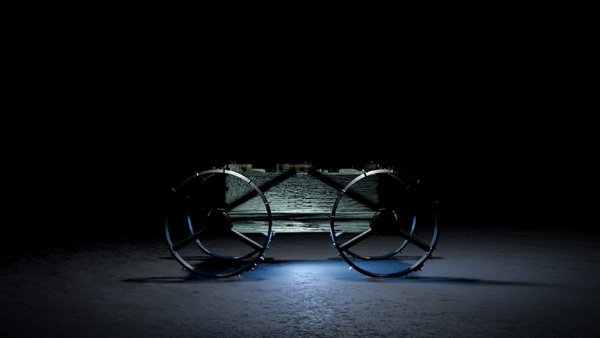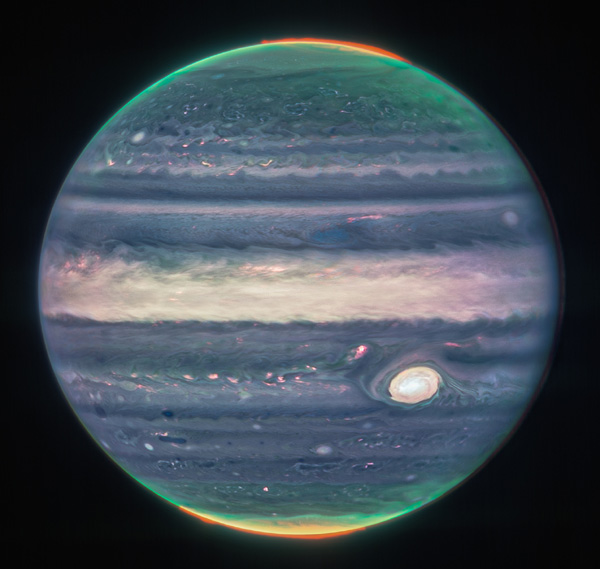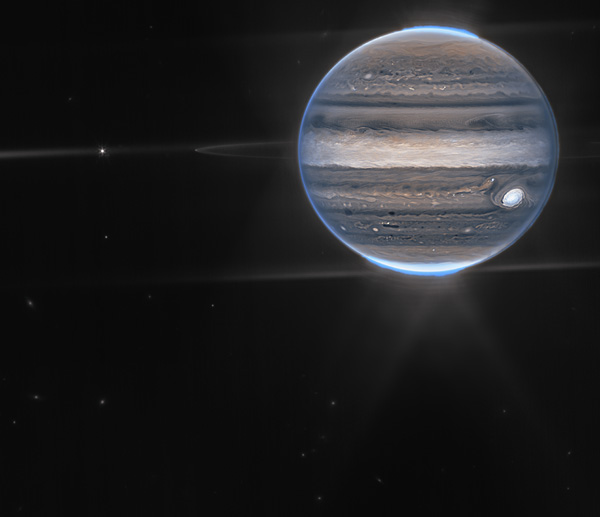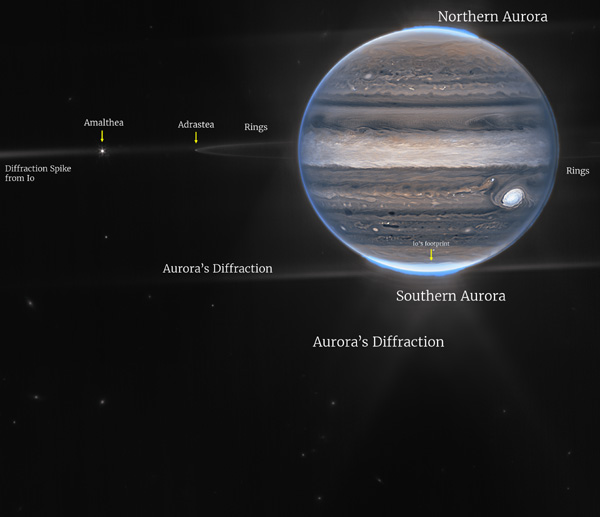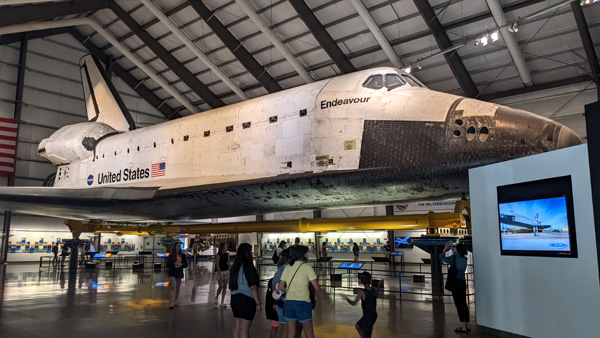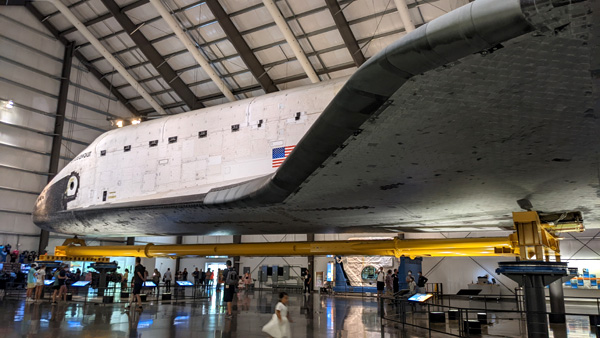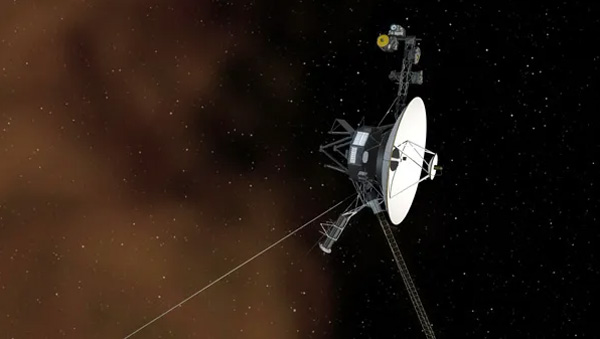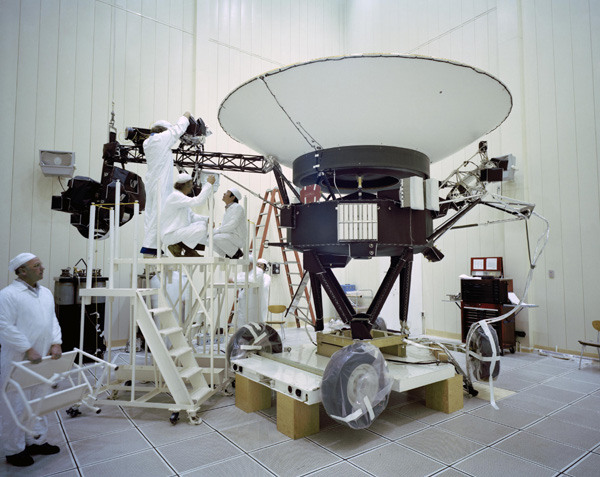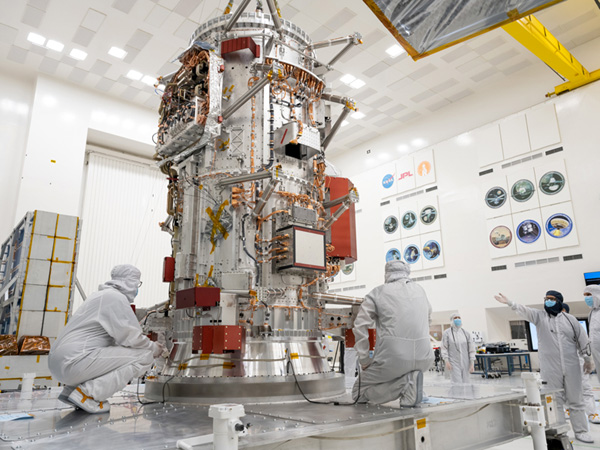
Getty Images
FDA Authorizes Moderna, Pfizer-BioNTech Bivalent COVID-19 Vaccines for Use as a Booster Dose (Press Release)
Today, the U.S. Food and Drug Administration amended the emergency use authorizations (EUAs) of the Moderna COVID-19 Vaccine and the Pfizer-BioNTech COVID-19 Vaccine to authorize bivalent formulations of the vaccines for use as a single booster dose at least two months following primary or booster vaccination. The bivalent vaccines, which we will also refer to as “updated boosters,” contain two messenger RNA (mRNA) components of SARS-CoV-2 virus, one of the original strain of SARS-CoV-2 and the other one in common between the BA.4 and BA.5 lineages of the omicron variant of SARS-CoV-2.
The Moderna COVID-19 Vaccine, Bivalent, is authorized for use as a single booster dose in individuals 18 years of age and older. The Pfizer-BioNTech COVID-19 Vaccine, Bivalent, is authorized for use as a single booster dose in individuals 12 years of age and older.
The monovalent COVID-19 vaccines that are authorized or approved by the FDA and have been administered to millions of people in the United States since December 2020 contain a component from the original strain of SARS-CoV-2.
What you need to know:
- The authorized bivalent COVID-19 vaccines, or updated boosters, include an mRNA component of the original strain to provide an immune response that is broadly protective against COVID-19 and an mRNA component in common between the omicron variant BA.4 and BA.5 lineages to provide better protection against COVID-19 caused by the omicron variant.
- The BA.4 and BA.5 lineages of the omicron variant are currently causing most cases of COVID-19 in the U.S. and are predicted to circulate this fall and winter. In June, the agency’s Vaccines and Related Biological Products Advisory Committee voted overwhelmingly to include an omicron component in COVID-19 booster vaccines.
- For each bivalent COVID-19 vaccine, the FDA based its decision on the totality of available evidence, including extensive safety and effectiveness data for each of the monovalent mRNA COVID-19 vaccines, safety and immunogenicity data obtained from a clinical study of a bivalent COVID-19 vaccine that contained mRNA from omicron variant BA.1 lineage that is similar to each of the vaccines being authorized, and nonclinical data obtained using a bivalent COVID-19 vaccine that contained mRNA of the original strain and mRNA in common between the BA.4 and BA.5 lineages of the omicron variant.
- Based on the data supporting each of these authorizations, the bivalent COVID-19 vaccines are expected to provide increased protection against the currently circulating omicron variant. Individuals who receive a bivalent COVID-19 vaccine may experience side effects commonly reported by individuals who receive authorized or approved monovalent mRNA COVID-19 vaccines.
- With today’s authorization, the monovalent mRNA COVID-19 vaccines are not authorized as booster doses for individuals 12 years of age and older.
- The agency will work quickly to evaluate future data and submissions to support authorization of bivalent COVID-19 boosters for additional age groups as we receive them.
Who is eligible to receive a single booster dose and when:
- Individuals 18 years of age and older are eligible for a single booster dose of the Moderna COVID-19 Vaccine, Bivalent if it has been at least two months since they have completed primary vaccination or have received the most recent booster dose with any authorized or approved monovalent COVID-19 vaccine.
- Individuals 12 years of age and older are eligible for a single booster dose of the Pfizer-BioNTech COVID-19 Vaccine, Bivalent if it has been at least two months since they have completed primary vaccination or have received the most recent booster dose with any authorized or approved monovalent COVID-19 vaccine.
“The COVID-19 vaccines, including boosters, continue to save countless lives and prevent the most serious outcomes (hospitalization and death) of COVID-19,” said FDA Commissioner Robert M. Califf, M.D. “As we head into fall and begin to spend more time indoors, we strongly encourage anyone who is eligible to consider receiving a booster dose with a bivalent COVID-19 vaccine to provide better protection against currently circulating variants.”
The Moderna COVID-19 Vaccine, Bivalent and the Pfizer-BioNTech COVID-19 Vaccine, Bivalent contain mRNA from the SARS-CoV-2 virus. The mRNA in these vaccines is a specific piece of genetic material that instructs cells in the body to make the distinctive “spike” protein of the original virus strain and the omicron variant lineages BA.4 and BA.5. The spike proteins of BA.4 and BA.5 are identical.
“The FDA has been planning for the possibility that the composition of the COVID-19 vaccines would need to be modified to address circulating variants. We sought input from our outside experts on the inclusion of an omicron component in COVID-19 boosters to provide better protection against COVID-19. We have worked closely with the vaccine manufacturers to ensure the development of these updated boosters was done safely and efficiently.
"The FDA has extensive experience with strain changes for annual influenza vaccines. We are confident in the evidence supporting these authorizations,” said Peter Marks, M.D., Ph.D., director of the FDA’s Center for Biologics Evaluation and Research. “The public can be assured that a great deal of care has been taken by the FDA to ensure that these bivalent COVID-19 vaccines meet our rigorous safety, effectiveness and manufacturing quality standards for emergency use authorization.”
For each of the bivalent COVID-19 vaccines authorized today, the FDA evaluated immunogenicity and safety data from a clinical study of a booster dose of a bivalent COVID-19 vaccine that contained a component of the original strain of SARS-CoV-2 and a component of omicron lineage BA.1. The FDA considers such data as relevant and supportive of vaccines containing a component of the omicron variant BA.4 and BA.5 lineages. Furthermore, data pertaining to the safety and effectiveness of the current mRNA COVID-19 vaccines, which have been administered to millions of people, including during the omicron waves of COVID-19, contributed to the agency’s evaluation.
Data Supporting the Moderna COVID-19 Vaccine, Bivalent Authorization
To evaluate the effectiveness of a single booster dose of the Moderna COVID-19 Vaccine, Bivalent for individuals 18 years of age and older, the FDA analyzed immune response data among approximately 600 individuals 18 years of age and older who had previously received a 2-dose primary series and one booster dose of monovalent Moderna COVID-19 Vaccine. These participants received a second booster dose of either the monovalent Moderna COVID-19 Vaccine or Moderna’s investigational bivalent COVID-19 vaccine (original and omicron BA.1) at least 3 months after the first booster dose. After 28 days, the immune response against BA.1 of the participants who received the bivalent vaccine was better than the immune response of those who had received the monovalent Moderna COVID-19 Vaccine.
The safety of a single booster dose of the Moderna COVID-19 Vaccine, Bivalent for individuals 18 years of age and older is supported by safety data from a clinical study which evaluated a booster dose of Moderna’s investigational bivalent COVID-19 vaccine (original and omicron BA.1), safety data from clinical trials which evaluated primary and booster vaccination with the monovalent Moderna COVID-19 Vaccine, and postmarketing safety data with the monovalent Moderna COVID-19 Vaccine.
The safety data accrued with the bivalent vaccine (original and omicron BA.1) and with the monovalent Moderna COVID-19 Vaccine are relevant to the Moderna COVID-19 Vaccine, Bivalent because these vaccines are manufactured using the same process.
The clinical study that evaluated the safety of a booster dose of the bivalent vaccine (original and omicron BA.1) included approximately 800 participants 18 years of age and older who had previously received a two-dose primary series and one booster dose of the monovalent Moderna COVID-19 Vaccine, and then at least 3 months later, received a second booster dose with either the monovalent Moderna COVID-19 Vaccine or Moderna’s investigational bivalent COVID-19 vaccine (original and omicron BA.1).
Among the study participants who received the bivalent vaccine, the most commonly-reported side effects included pain, redness and swelling at the injection site, fatigue, headache, muscle pain, joint pain, chills, swelling of the lymph nodes in the same arm of the injection, nausea/vomiting and fever.
Data Supporting the Pfizer-BioNTech COVID-19 Vaccine, Bivalent Authorization
To evaluate the effectiveness of a single booster dose of the Pfizer-BioNTech COVID-19 Vaccine, Bivalent for individuals 12 years of age and older, the FDA analyzed immune response data among approximately 600 adults greater than 55 years of age who had previously received a 2-dose primary series and one booster dose with the monovalent Pfizer-BioNTech COVID-19 Vaccine. These participants received a second booster dose of either the monovalent Pfizer-BioNTech COVID-19 Vaccine or Pfizer-BioNTech’s investigational bivalent COVID-19 vaccine (original and omicron BA.1) 4.7 to 13.1 months after the first booster dose. After one month, the immune response against BA.1 of the participants who received the bivalent vaccine was better than the immune response of those who had received the monovalent Pfizer-BioNTech COVID-19 Vaccine.
The safety of a single booster dose of the Pfizer-BioNTech COVID-19 Vaccine, Bivalent for individuals 12 years of age and older is based on safety data from a clinical study which evaluated a booster dose of Pfizer-BioNTech’s investigational bivalent COVID-19 vaccine (original and omicron BA.1), safety data from clinical trials which evaluated primary and booster vaccination with the monovalent Pfizer-BioNTech COVID-19 Vaccine, and postmarketing safety data with the monovalent Pfizer-BioNTech COVID-19 Vaccine.
The safety data accrued with the bivalent vaccine (original and omicron BA.1) and with the monovalent Pfizer-BioNTech COVID-19 Vaccine are relevant to Pfizer-BioNTech COVID-19 Vaccine, Bivalent because these vaccines are manufactured using the same process.
The clinical study that evaluated the safety of a booster dose of the bivalent vaccine (original and omicron BA.1) included approximately 600 participants greater than 55 years of age who had previously received a 2-dose primary series, one booster dose of the monovalent Pfizer-BioNTech COVID-19 Vaccine, and then 4.7 to 13.1 months later, received a second booster dose of either the monovalent Pfizer-BioNTech COVID-19 Vaccine or Pfizer-BioNTech’s investigational bivalent COVID-19 vaccine (original and omicron BA.1). Among the study participants who received the bivalent vaccine, the most commonly-reported side effects included pain, redness and swelling at the injection site, fatigue, headache, muscle pain, chills, joint pain, and fever.
The fact sheets for both bivalent COVID-19 vaccines for recipients and caregivers and for healthcare providers include information about the potential side effects, as well as the risks of myocarditis and pericarditis.
With today’s authorization, the FDA has also revised the EUA of the Moderna COVID-19 Vaccine and the Pfizer-BioNTech COVID-19 Vaccine to remove the use of the monovalent Moderna and Pfizer-BioNTech COVID-19 vaccines for booster administration for individuals 18 years of age and older and 12 years of age and older, respectively. These monovalent vaccines continue to be authorized for use for administration of a primary series for individuals 6 months of age and older as described in the letters of authorization. At this time, the Pfizer-BioNTech COVID-19 Vaccine remains authorized for administration of a single booster dose for individuals 5 through 11 years of age at least five months after completing a primary series of the Pfizer-BioNTech COVID-19 Vaccine.
The amendments to the EUAs were issued to Moderna TX Inc. and Pfizer Inc.
Source: FDA.Gov
****








